Performing Arts
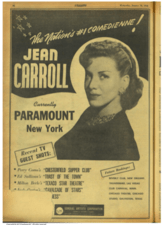
Jean Carroll
Born Sadie Zeigman, Jean Carroll was the first Jewish woman stand-up comedian. Famous throughout the United States and England in the 1950s and 1960s, she innovated a new style of anecdotal, conversational stand-up.
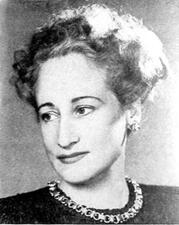
Vera Caspary
Vera Caspary was a prolific novelist, playwright, and screenwriter, best-known for her book, Laura, a murder mystery adapted into the 1944 film of the same name, now considered a classic. The female characters in Caspary’s novels and plays are strong, emancipated women, and her own concern with issues of prejudice and class consciousness are reflected in her works.
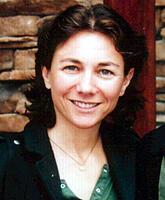
Ilene Chaiken
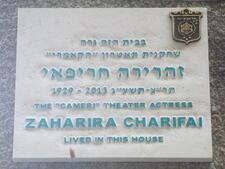
Zaharirah Charifai
Zaharirah Charifai was an influential Israeli actress who became nationally known in the role of Grusha in Brecht’s The Caucasian Chalk Circle, and from then on performed in dozens of plays at the Cameri and the Haifa Municipal Theater. In addition to stage acting, Charifai appeared in three successful solo performances, on the radio, and in several films.

Charlotte Charlaque
Charlotte Charlaque was a transgender trailblazer, actress, and translator in Weimer Berlin and post-Shoah New York City.
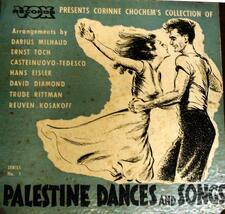
Corinne Chochem
Best remembered for her contribution to Jewish cultural life and for her unique ability to inspire those around her, Corinne Chochem had a distinct impact on Hebrew folk dance, both in her teaching and her two books, Palestine Dances (1941) and Jewish Holiday Dances (1948).
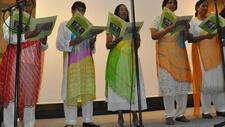
Cochin: Jewish Women's Music
For many centuries, Cochin Jewish women have sung Jewish songs, both in Hebrew and in the Malayalam language of Kerala, their ancient homeland on the tropical southwest coast of India. Kerala Jews are unusual among halakhically observant communities in the complex intertwining of female and male knowledge and performance throughout their musical repertoire.
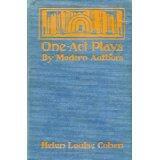
Helen Louise Cohen
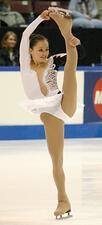
Sasha Cohen
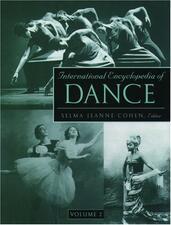
Selma Jeanne Cohen
It was Selma Jeanne Cohen’s mission in life to make dance scholarship a respected field, taking its place with the study of the other arts both in society and, particularly, the university. As a writer, editor, and teacher, she was a leader in transforming dance history, aesthetics, and criticism into respected disciplines. Cohen founded the Society of Dance History Scholars and received the first Dance Magazine Award ever given to a dance historian.
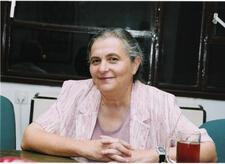
Veronika Cohen
Veronika Wolf Cohen has shaped Israeli minds in two very different ways, by developing national music curricula and by leading innovative Israeli-Palestinian dialogue groups.
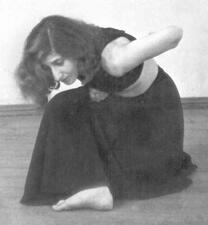
Yardena Cohen
Incorporating biblical themes and Sephardic music into her dances, Yardena Cohen helped create a uniquely Israeli artistic culture. Cohen opened her Haifa dance studio in 1933 and maintained it for some seventy years, stressing creative dance. She continued to teach well into her nineties and in 2010 was awarded the Israel Prize for Lifetime Achievement.

Ze'eva Cohen
Ze’eva Cohen is a Yemenite-Israeli-American dancer and choreographer who redefined what it means to be a Jewish performer. She was a leader in the world of postmodern dance in New York between the 1960s and 1990s, a founding member of Dance Theater Workshop, and founding director of the dance program at Princeton University. She choreographed for companies all over the world, performed in the work of countless contemporary choreographers, published articles in English and Hebrew, and influenced generations of dance students.
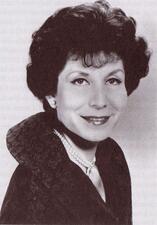
Betty Comden
Betty Comden wrote lyrics and librettos for enduring and beloved musicals like Singin’ in the Rain and Peter Pan, winning some of the industry’s highest honors. Comden worked with her writing partner, Adolph Green for almost fifty years on different musicals, winning their final Tony Award together for The Will Rogers Follies in 1991.
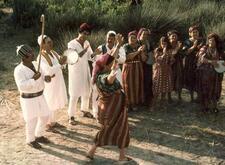
Community Dance Practices in the Yishuv and Israel: 1900-2000
Didi Conn

Jamie Lee Curtis
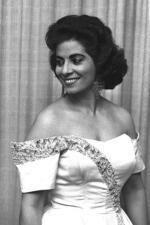
Shoshana Damari
Shoshana Damari’s lush voice and her fusion of Eastern and Western musical aesthetics made her the voice of a generation in Israeli music, recording dozens of albums in her career. She made several movies, was known for her song “Kalaniyot” (Poppies), and was awarded the Israel Prize in 1988 for her contributions to Israeli music and culture.
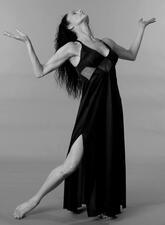
Dance in Mexico
Jewish women in Mexico have undertaken numerous activities in dance. They have made inroads in amateur and professional spaces within and outside their community and made contributions to the performance, creation, education, promotion, and research of several forms of dance and body techniques, all of which often involved breaking through barriers imposed by their communities.

Dance in the Yishuv and Israel
Artists began to try to create a new Hebrew dance in the 1920s. Israeli Expressionist Dance flourished first, followed by American modern dance. Israeli dance became professionalized and centralized, and over the past few decades, efforts to promote local creativity accelerated, ethnic dance companies have flourished, and choreographers have taken increasingly political stances.

Modern Dance Performance in the United States
Jewish immigrants to the New World brought with them their ritual and celebratory Jewish dances, but these traditional forms of Jewish dance waned in the United States. Working-class and poor Jewish immigrants parents sought out culture and education in the arts for their children, often as a vehicle for assimilation. Jewish women were particularly attracted to the field of modern dance.
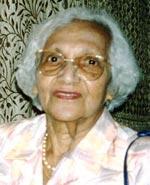
Ruby Daniel
Ruby Daniel’s 1995 book, Ruby of Cochin: An Indian Jewish Woman Remembers, combines recounting of historical events with engaging storytelling. The book endures as a significant contribution to Jewish history and ethnography.
Ruth Dar
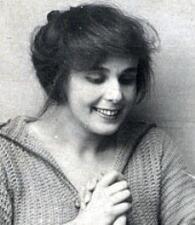
Lili Darvas
Lili Darvas was an internationally acclaimed actress, known on the stage and screen in Europe and the United States. Born in Budapest in 1902, as an actress Darvas combined the fetching qualities of an ingenue with the depth and mature allure of an experienced woman of the world, which led to her rise to fame in New York, Germany, and Hungary.
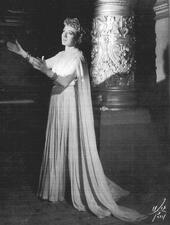
Edis De Philippe
Opera in Israel owes its creation primarily to singer, director, producer, and impresario Edis De Philippe. De Philippe made her New York opera debut in 1935 before performing with the Paris Opera and touring Europe and South America. She then founded the Israel National Opera Company in 1947 and ran it until her death in 1979.


